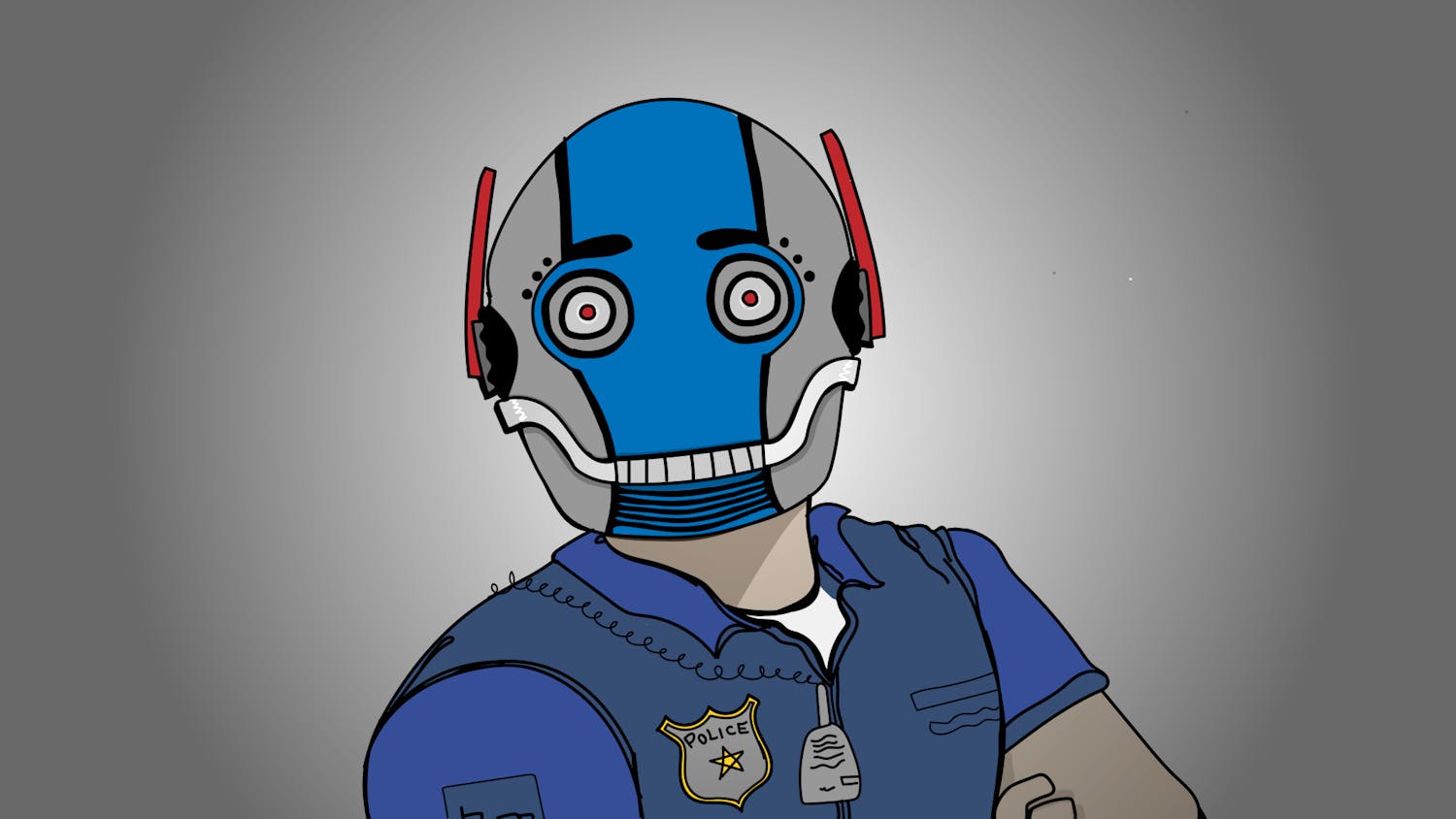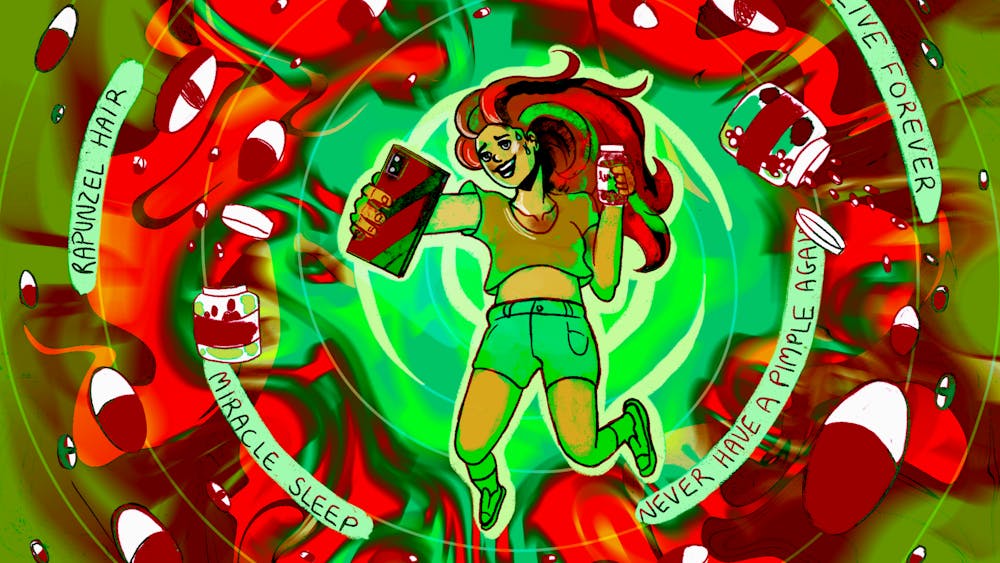I ended my column last week with an intense cliffhanger, of sorts, by posing a question: How does a star work?
The answer is gravity and nuclear fusion. In short, the extreme mass of a star produces crushing gravity that creates pressures high enough to collide hydrogen atoms hard enough to form helium (nuclear fusion). When each helium atom is formed, a little bit of mass is lost as it transforms into a large amount of radiant energy (E=mc2).
Even if you don’t find this information personally relevant, you should know that thousands of brilliant scientists dedicate their entire working lives to the pursuit of these ideas.
Furthermore, they have convinced their governments to supply millions and millions of tax dollars to finance their work.
Consequently, there are massive research centers around the world dedicated solely to goals such as detecting gravity waves or solar neutrinos, both of which are far smaller even than atoms.
One example from the Indiana Daily Student last week is the Large Hadron Collider in Europe. This project has spent billions of dollars just so that it might further explain concepts such as the fundamental nature of mass.
When scientists are asked to justify such work, they dutifully list specific technological discoveries, but what they really want to say is “just for the sake of curiosity.”
However, another article in the IDS last week was an Associated Press story regarding the murder of 321 civilians in the Congo by a radical rebel army.
Even as a full-blown science nerd, when confronted with such stories, I often ask myself: Is it right for our society to commit so much effort and money to these grand scientific endeavors while mankind continues to display such a heart of darkness?Why not invest all those funds toward stabilizing our civilization, and once this is accomplished, then move on to the scientific ambitions?
How bizarre it is to live in a world in which we have mapped the entire human genome but have not yet fully abolished genocide.
I believe such scientific undertakings are the best candidates for modern “wonders of the world.” Instead of the Great Pyramid of Giza, we have the Hubble Space Telescope. Rather than being structures that are the project of one empire — often at the command of one egotistical ruler — these new scientific marvels are the product of many people cooperating across many nations.
While the ancient wonders demonstrate an ability to create immense works of art, these current wonders are working machines that seek to answer our deepest “how” and “why” questions about the universe.Both of these motivations, I notice, manifest in early childhood.
How fulfilling it is to realize the greatest accomplishments of our civilization are nothing more than the dreams of a child taken to the technological limit of society.
I view such curiosity, ambition and cooperation as undeniably positive signs of our progress.
Even if they are not directly combating the ever-present horrors in our world, they are setting the stage for a better society that understands how to cooperate when faced with great challenges.
Such endeavors are candles in the dark that cast their light into all corners of humanity.
E-mail: tylatkin@indiana.edu
Justifying a candle in the dark
Get stories like this in your inbox
Subscribe





